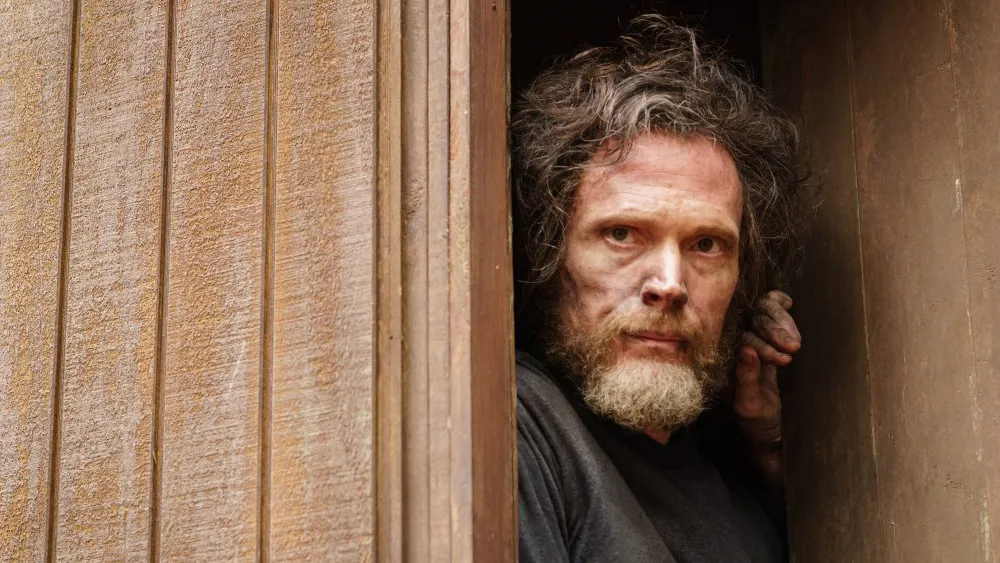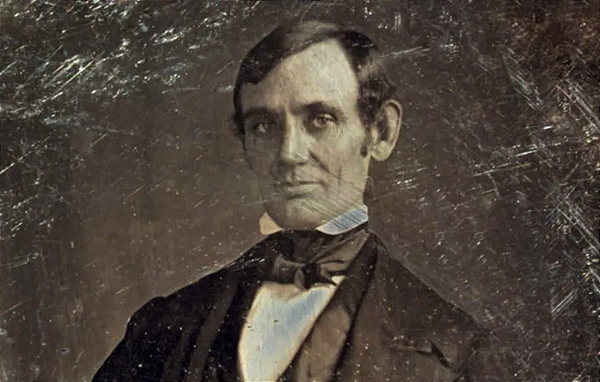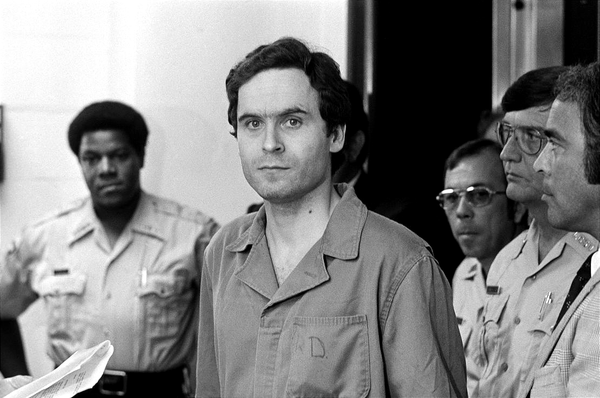Unabomber's brother turned him in then tried to win him back

From the New York Times: "It was May 1996, and David Kaczynski, a counselor for troubled youth in upstate New York, sat down to write a letter to his brother Ted. A month earlier, his brother had been shockingly unmasked as the shadowy Unabomber, responsible for a 17-year campaign of bombings that had killed and maimed people across the country. Ted Kaczynski, a brilliant but mentally troubled mathematician who had retreated years earlier to a remote hovel in Montana, had been arrested based on information from a tipster to the F.B.I.. He was now in custody and facing what would almost certainly be a lifetime behind bars, if not a death sentence. The tipster was David. Sitting in his home in Schenectady, N.Y., David began writing the letter. He used a pencil, knowing he might have to erase before he got it right. “I wanted to tell him in person that we morally felt an obligation to stop the violence,” he said.
Many people believe that the engraving on the Pope's tomb is a travesty

From Fast Company: "Pope Francis’s tomb is simple by design. Francis—a modest man who opted to live in humble quarters alongside his peers rather than in the Vatican’s official housing for the leader of the church—requested nothing more than his name and a cross to adorn regional marble (“the stone of Liguria, the land of his grandparents”). It really is quietly beautiful. But atop that marble is a tomb inscribed with the name “Franciscus.” Or what—due to terrible spacing between letters, known as kerning—reads something more like “F R A NCIS VS.” Cheryl Jacobsen, a calligrapher and adjunct assistant professor at the Center for the Book at the University of Iowa, calls the engraving “horrifically bad,” noting that “there is no historical reason for spacing that bad.” Christopher Calderhead, editor and designer of Letter Arts Review, says it is "the most boneheaded rookie mistake you can imagine (pun intended)." Calderhead suspects the work was “farmed out to a run-of-the-mill tombstone company.”
The incredibly long name of this Welsh town was invented as a tourist attraction

From the BBC: "Located on the island of Anglesey, the village was first known by the somewhat shorter Llanfair Pwllgwyngyll, but acquired the longer moniker as a way to draw railway tourists in the 1860s. The 19th-century strategy has been paying dividends since, as travellers keep journeying to the place for photo-ops next to the oversized railway station sign. Only a few steps away sits the St Mary’s parish for which Llanfair PG was in part named — the full name, translated from Welsh, is “St Mary’s Church in the hollow of the white hazel near a rapid whirlpool and the Church of Saint Tysilio of the red cave." The eponymous St Tysilio church, constructed in the 15th Century, sits on Church Island in the Menai Strait, just off the shore of Anglesey. No one today can find the red cave, and the white hazels at St Mary’s have long been replaced by oak and elm trees."
Hi everyone! Mathew Ingram here. I am able to continue writing this newsletter in part because of your financial help and support, which you can do either through my Patreon or by upgrading your subscription to a monthly contribution. I enjoy gathering all of these links and sharing them with you, but it does take time, and your support makes it possible for me to do that. I also write a weekly newsletter of technology analysis called The Torment Nexus.
Cher Ami was a homing pigeon who lost a leg and was shot in the chest but fulfilled its mission

From the Smithsonian: "Cher Ami was a black check cock homing pigeon, one of 600 English-bred birds donated to the U.S. Army Signal Corps’ Pigeon Service of the American Expeditionary Forces (AEF) by the British Home Forces Pigeon Service. On the afternoon of October 4, 1918, legend has Cher Ami as the eighth and last pigeon available to the men known as the “Lost Battalion” under the command Major Charles W. Whittlesey. Surrounded by German forces, the men of the Lost Battalion were fighting off repeated attacks when they found themselves enduring a barrage of friendly artillery due to mistaken position coordinates. To attempt to stop the shelling, Whittlesey dashed off a message carried by Cher Ami. Cher Ami returned to Mobile Loft No. 11 with message tube hanging from the remains of the bird’s right leg and a deep wound across the chest cutting through the breastbone, from either a bullet or shell fragment."
A coal seam in Australia has been burning continuously for six thousand years

From Wikipedia: "Burning Mountain, the common name for Mount Wingen, is a hill in New South Wales, Australia. It takes its name from a smouldering coal seam running underground through the sandstone. The underground fire is estimated to be at a depth of around 30 m (100 ft). It is estimated that the fire has burned for approximately 6,000 years and is the oldest known coal fire. European explorers and settlers to the area believed the smoke, coming from the ground, was volcanic in origin. It was not until 1829 that geologist Reverend C. P. N. Wilton identified it as a coal seam fire. The Aborigines named the mountain Wingen, which means "fire". Their explanation of the origin of the burning mountain was that one day, a tribesman was lighting a fire on the mountainside when he was carried off by The Evil One. He used his fire stick to set the mountain alight, so that the smoke might warn others to keep away."
Humanoid robot goes berserk in the lab
Just moments ago, a robot in a lab suddenly went berserk, marking the first robot rebellion in human history. pic.twitter.com/6iTjgXA6bX
— ☯︎Cyber Taoist☯︎五道杠少年 (@136Division) May 2, 2025
Acknowledgements: I find a lot of these links myself, but I also get some from other newsletters that I rely on as "serendipity engines," such as The Morning News from Rosecrans Baldwin and Andrew Womack, Jodi Ettenberg's Curious About Everything, Dan Lewis's Now I Know, Robert Cottrell and Caroline Crampton's The Browser, Clive Thompson's Linkfest, Noah Brier and Colin Nagy's Why Is This Interesting, Maria Popova's The Marginalian, Sheehan Quirke AKA The Cultural Tutor, the Smithsonian magazine, and JSTOR Daily. If you come across something interesting that you think should be included here, please feel free to email me at mathew @ mathewingram dot com



